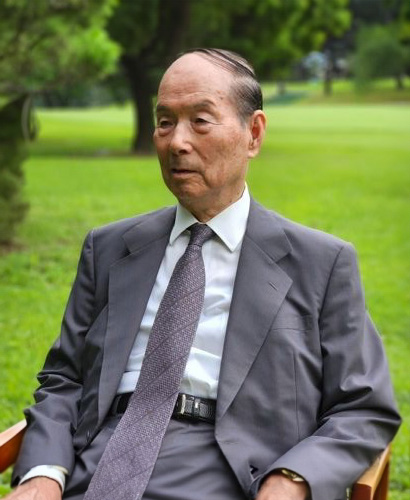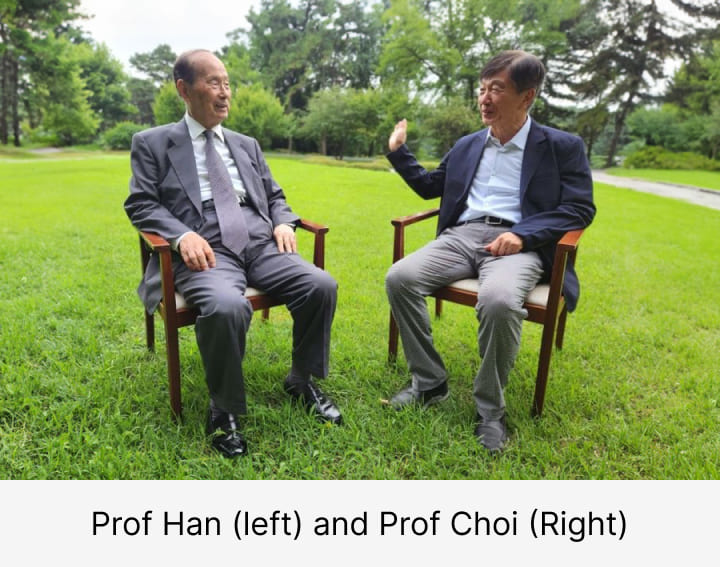AOCR 2022 organized by Professor Jeong Min LEE, Congress President, and
Professor Seung Eun Jung, Secretary General, was also another
record-breaking, successful meeting with more than 4800 attendees from
43 countries and over 2000 presentations including 1127 lectures and 931
accepted scientific papers, despite being held as an on-line/off-line hybrid
meeting due to COVID-19 pandemic.
Every AOCR held in Korea has been a great opportunity to upgrade the
congress standard of the AOSR and to provide an unforgettable moment and
platform to enhance mutual friendship and professional networking among AOSR
“family” of participants.
Until the AOCR establishes a strong global reputation, it is desirable that
prominent member societies take on the responsibility of hosting the
congress. In the meantime, smaller societies can benefit from a high-quality
congress as well as participate in specific regional scholarly activities
supported by the AOSR. Offering alternative regional and global AOCRs on a
biennial basis could be an option that balances the quality of the AOCR with
hosting opportunities among all AOSR member societies.
However, the appeal of AOCR lies primarily in its academic quality, which
exceeds that of individual congresses organized by member societies.
Captivating the interest of the member societies is an important factor in
determining the future trajectory of the AOCR.
What are the strengths and weaknesses of the AOSR compared to the
regional/continental societies?
In the past, the AOSR and AOCR were a “developing” society and congress in
the world with weak infrastructure and low brand power. There was no fixed
secretariat, and the AOCR’s venue and AOSR secretariat changed depending on
the host societies and presidents, resulting in uneven quality of AOCR and
secretarial services depending on the host societies and presidents.
The RSNA and ESR have strong and stable secretariat with many competent staff
in Chicago and Vienna, respectively, and the congress venues are also fixed
in the cities where the secretariats are located. As you know, the AOSR is a
society in the world covering the largest geographic area and population, so
it has a lot of potential. The secretariat of AOSR was first relocated to
Australia in 2005 and managed by the Royal Australian and New Zealand
College of Radiologists (RANZCR). Then in 2011, the Korean Society of
Radiology (KSR) took over the management and AOSR was registered in Korea.
Several member societies now have global leadership and capacity to increase
the academic appeal of the AOCR. According to the (2016 RSNA President) Dr.
Richard Baron’s presentation at the 2015 Japan Radiology Congress, in terms
of recent Asian scientific activity in the RSNA meeting before COVID-19
pandemic, the number of accepted scientific abstracts was 327 from Japan,
290 from Korea and 273 from China. The Impact Factor of 2022-2023 for latest
journals is higher for the Korean Journal of Radiology (7.11) than for the
European Radiology (7.03) and for the American Journal of Roentgenology
(6.58).
What are your thoughts on the reason for existence and value of the AOSR?
The AOSR should be a strong foundation for Asian and Oceanian radiologists
to pursue their goals. From a global perspective, the AOSR should function
as a regional organization representing radiologists in Asia and Oceania and
position itself as an equal partner with other regional societies such as
the RSNA and ESR.
How can the AOSR adequately represent the academic quality of Asia-Oceania?
The AOSR faces an inherent challenge in that there is a significant gap in
the academic level of its members compared to its partner societies. To
overcome this obstacle, the AOSR must make a concerted effort to leverage the
potential of the advanced societies to support those in smaller societies.
To establish a fair representation of Asia and Oceania as equal partners
with other regional societies, it is important to prioritize raising the
average academic quality within the AOSR. Practically, I believe that Asian
Oceanian School of Radiology (AOSOR) proposed and run by Professor Byung Ihn
CHOI is a good tool for this purpose. During the COVID-19 pandemic, virtual
on-line meetings have replaced traditional off-line meetings, and recently,
all lecturers have become accustomed to virtual teaching. Therefore, AOSR
can prepare and utilize on-line virtual teaching materials for its member
societies.
What has the AOSR done to achieve equal partnership with RSNA and ESR, and
what more needs to be done?
To my knowledge, the AOSR leadership including the AOSR president and
secretary have endeavored to have ongoing joint business meetings with the
ESR and RSNA during each congress of AOSR, RSNA, and ECR. It is important to
maintain these business meetings to understand each other’s societies.
However, effective, and productive communication between regional societies,
requires smart and competent presidents who are globally recognized not only
politically but also academically, with a solid background in society
management. In addition, an efficient secretariat is important, so, efforts
should be made to expand the capability of secretariat. In summary, I
recommend to select a smart person of global stature with foresight, wisdom,
and expertise as the AOSR president, and if possible, strengthen the
secretariat.

